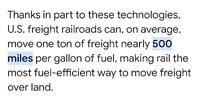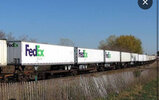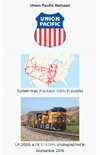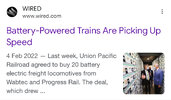Value Collector
Have courage, and be kind.
- Joined
- 13 January 2014
- Posts
- 12,263
- Reactions
- 8,524
I certainly have no problem with the Government fleet going electric, of course though that doesn't mean that the Rental car deal shouldn't Also go ahead."
There is a lot of business in government fleet sales. The largest fleet is that of the NSW Government, which owns or leases over 25,000 vehicles – 4000 of them in the police force alone. The Commonwealth fleet contains over 12,000 vehicles – 7000 passenger vehicles (including SUVs) and over 5000 light and heavy commercial vehicles. Half are leased and half are owned.
Victoria’s VicFleet has nearly 10,000 vehicles. The other states all have fleets roughly in proportion to their populations, and most local government authorities have their own fleets. Brisbane City Council, by far the largest LGA in Australia, has 3800 vehicles. There are well over 200,000 vehicles in government fleets around Australia."

Driving change: fleet management - Government News
NSW's StateFleet set to be dismantled.www.governmentnews.com.au
But how many of the Above commonwealth vehicles belong to the Army? they might be slow to adopt EV's for tactical reasons, I mean even their "White fleet" (road vehicles like passenger cars, Land cruisers, minibuses etc) have to be ready to be used in ways that EV's might not be ready for yet.











